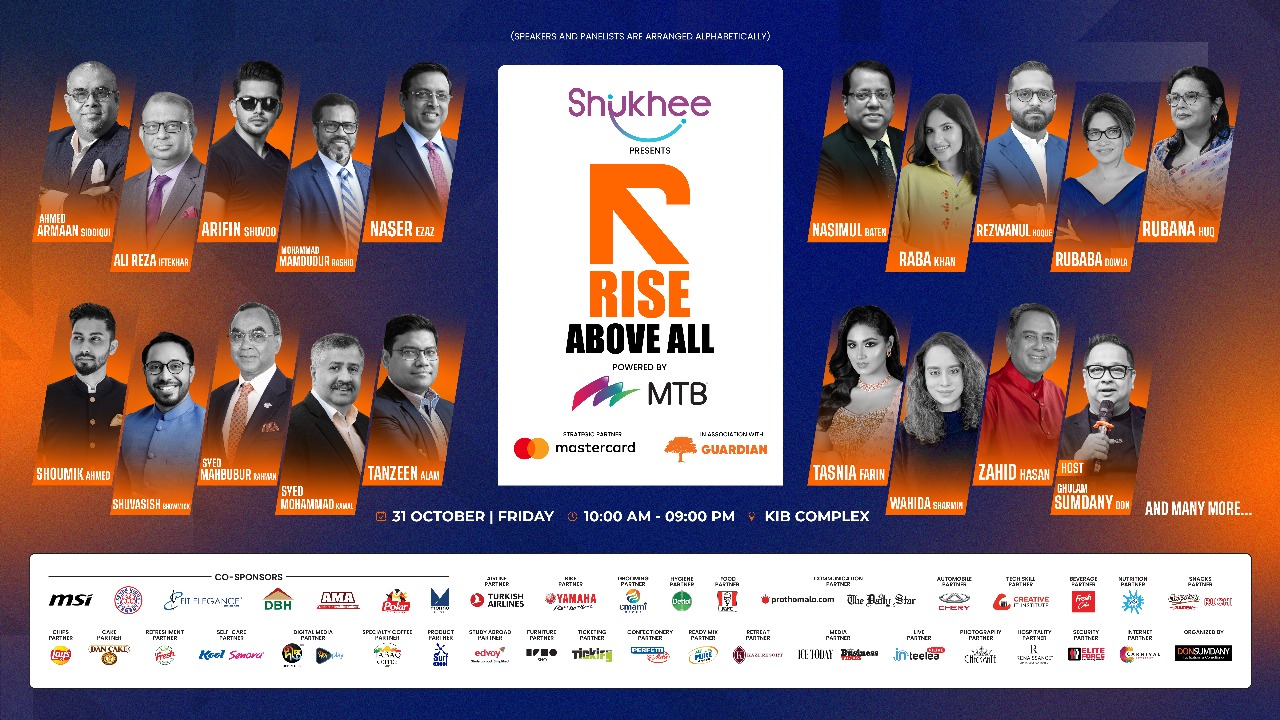An analysis of the strengths and weaknesses of pursuing online degrees and its implications for higher studies.
In the aftermath of the global COVID-19 pandemic, a notable transformation occurred in the educational sphere, with distance learning emerging as a significant player. As the world gradually moves beyond the pandemic, the question arises: will distance learning endure as a lasting component of the educational landscape, or was it a temporary response to an extraordinary challenge?
The rise of online learning platforms during the pandemic marked a noteworthy shift in educational practices. Institutions across various levels swiftly adopted digital tools to ensure uninterrupted learning. This transition, bolstered by a decade of prior online resource development, resulted in a 7% increase in enrollment in online institutions during the Fall of 2020. International e-learning platforms such as Coursera, Udemy, Khan Academy, and Datacamp played a crucial role, offering graduates widely recognized professional certificates.
As we transition from the pandemic era, we seek to objectively examine the future of education. Through interviews with individuals who engaged in online classes and pursued advanced degrees via distance learning, we aim to unravel the strengths and challenges that characterise this mode of education.
This article provides a balanced exploration of distance learning, offering insights into its potential to reshape education or remain a transient response to an exceptional crisis. Through firsthand accounts, we present an unbiased analysis of the factors that have propelled distance learning into the educational discourse, alongside the challenges it faces in establishing itself as a commonplace approach in the ever-evolving world of education.
GROUP ACTIVITIES, RECOGNISED FOR FOSTERING TEAMWORK AND DIVERSE PERSPECTIVES, PROVED CHALLENGING TO REPLICATE VIRTUALLY, RESULTING IN A GAP IN THE OVERALL EDUCATIONAL EXPERIENCE.
INTERACTION
Transitioning to online classes during the pandemic highlighted the significance of in-person interaction in traditional education. While platforms like Zoom and Google Meet attempted to replicate face-to-face communication, students encountered practical challenges. Despite the ability to observe facial and body expressions, the virtual setting introduced a sense of discomfort and privacy concerns.
The experience of physically attending an institution and engaging with an academic environment was noticeably absent in virtual learning. The sense of camaraderie among peers and the collective pursuit of knowledge were elements that online classes struggled to reproduce.
Student participation in virtual classes declined, with discussions often becoming instructor-centric. While supervisor meetings for master’s students were arguably effective, the impromptu, in-person interactions during physical office hours were notably lacking.
Student-to-student interaction, crucial for collaborative learning, faced hurdles in the shift to online classes. Group activities, recognised for fostering teamwork and diverse perspectives, proved challenging to replicate virtually, resulting in a gap in the overall educational experience.
In navigating the intricacies of virtual learning, it is evident that while technology facilitates accessibility, the irreplaceable aspects of face-to-face interaction, student engagement, and the unique atmosphere of physical institutions remain integral considerations in the evolving landscape of education.
ENGAGEMENT
The shift from on-the-spot whiteboard presentations to pre-made digital materials changed how students engaged. Lecturers prepared most notes, charts, and diagrams ahead of time, which meant the interactive process of seeing an instructor create a presentation on a whiteboard in real time was missing. In-person demonstrations are still considered more engaging and aid in a deeper understanding of processes which was significantly lacking during online classes.
The move to virtual classrooms also has implications for engagement beyond class content. The absence of casual encounters with professors in the hallway meant there were no longer opportunities for quick question resolutions, or engaging in conversations to create a good impression. Additionally, socialising with classmates, an essential aspect of collaborative learning, took a hit. The lack of informal discussions during breaks meant fewer chances for generating ideas and addressing common questions. The familiar scenario of studying together at the library and solving problems jointly decreased, contributing to lower overall engagement levels.
It is evident that while there is some convenience of pre-prepared digital materials, the experiential and collaborative elements traditionally associated with physical classrooms are challenging to replicate, pointing to a notable gap in the overall educational experience.
COUNSELLING
The counselling process in distance learning was widely similar to that of traditional methods. Students got most of their questions answered during office hours or were able to schedule additional online meetings when necessary.
However, there was a notable distinction in the structure of office hours. In distance learning, the scheduling of office hours was usually contingent on students’ requests. Unless at least one student initiated a request, professors were unlikely to proactively set office hours. In contrast, traditional settings often have professors available in their offices irrespective of students’ counselling requests.
Traditional settings also allow students the flexibility to drop in and out of professors’ offices spontaneously. This informal access provides students with the freedom to drop by as many times as necessary without feeling like they are imposing. Conversely, the online setting operated with a more structured approach. For instance, if a student forgot to address a question during a virtual meeting, there was often hesitation to contact the professor immediately afterwards for additional inquiries.
FACILITIES
In online learning settings, students were not able to avail of traditional facilities. For example, physical field trips, fundamental for hands-on learning experiences, were substituted with virtual alternatives such as videos or online conferences. Students also missed out on library facilities which would usually give them a dedicated quiet space to study in. Furthermore, communication with the institution’s administration was predominantly conducted through email, which often took more time than face-to-face interactions. Technical challenges related to IT, including difficulties accessing online resources, were typically reported and resolved through email. This introduced delays, often spanning at least a day resulting in ongoing work being put on hold.
Critical facilities, such as laboratories, integral for certain academic disciplines, were not feasible in the online learning environment. Practical demonstrations, a customary aspect of hands-on learning, were supplanted by virtual simulations. These simulations often fell short in replicating the intricate details and nuances inherent in hands-on laboratory experiences.
THE LACK OF INFORMAL DISCUSSIONS DURING BREAKS MEANT FEWER CHANCES FOR GENERATING IDEAS AND ADDRESSING COMMON QUESTIONS.
MOTIVATION
In the context of distance learning, motivation was predominantly an individual responsibility. The absence of external motivators on campuses, such as physical structures, peer interactions, professorial guidance, and access to various facilities meant students would have to find their own ways to keep themselves motivated.
Students perceived a lack of motivation among teachers as well in online settings. Most lecturers often focused on delivering lectures swiftly and providing supplementary reading materials as homework. Students believed that this stemmed from teachers’ limited opportunities for creating diverse and interactive teaching methods in online settings.
Additionally, the motivation to thoroughly engage with study materials seems compromised in the online environment. The absence of physical textbooks and the campus environment likely influenced shifts in learning behaviour. Some students, facing challenges in virtual exams, resorted to external sources like Google for answers, indicating a potential decline in motivation to master the course materials comprehensively.
The transition to distance learning prompts a reassessment of motivational dynamics present in traditional educational settings, recognising the heightened significance of self-motivation in the online learning scenario.
DISCIPLINE
Establishing a disciplined routine posed challenges for students in distance learning. The fact that students’ study and living spaces were both in the same premises, their houses, led to overlapping priorities, making it tricky to set dedicated study hours amid constant distractions. Additionally, the absence of a daily commute to campus left students feeling the absence of a ritual that traditionally prepared them for learning and studying.
The availability of offline materials, intended to accommodate situations like missed classes or time zone differences, unintentionally introduced a sense of flexibility. Students perceived the option to skip classes with the assurance of accessing materials later, contributing to further deviations from structured daily routines.
WORK-LIFE-STUDY BALANCE
The online learning environment facilitated an equilibrium between work, life, and study. The accessibility of classes from any location allowed students the flexibility to tailor their study schedule to personal commitments. Recorded lectures served as a valuable resource, which enabled students to revisit lessons, rewind segments for better comprehension, and defer learning to more conducive times.
For students concurrently managing employment, distance learning emerges as a preferred avenue, providing an enhanced work-life-study balance. The adaptability of online classes and the availability of recorded materials cater to the diverse needs and schedules of individuals, fostering an environment conducive to effective multitasking and harmonising various aspects of life.
KNOWLEDGE RETENTION
Students expressed concerns about the limitations of online learning in providing a comprehensive learning environment compared to traditional settings. The perceived challenge lay in the disconnect between learning for course completion and the ability to relate acquired knowledge to real-world scenarios. The predominantly screen-based interactions restricted students from physically engaging with study materials, conducting field surveys or meeting people in person for interviews for projects. Consequently, students found themselves confined to learning theories and concepts without a practical understanding of how these translated to real-world applications.
The implications for distance learning suggest a need for improvements in various aspects. Challenges include limitations in virtual interaction, potential motivation and engagement issues, difficulty in maintaining discipline at home, and constraints in translating theoretical knowledge to real-world applications. Critical missing elements encompass the absence of physical engagement and spontaneous interactions. To enhance distance learning, there is a call for strategies that enhance virtual interaction, incorporate practical applications, implement motivational approaches, balance flexibility with structure, and ensure inclusive design. Successful widespread adoption hinges on addressing these challenges, incorporating best practices, leveraging technology, and maintaining adaptability to meet evolving educational needs.















